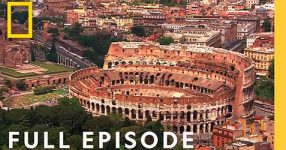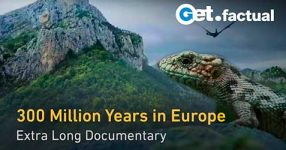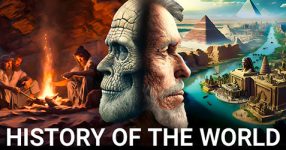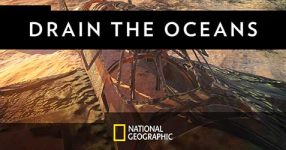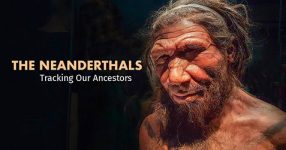The documentary, “Drain the Oceans: Lost Worlds of the Mediterranean”, takes viewers on an underwater journey to explore the hidden treasures, ancient empires, and seismic mysteries lying beneath the clear blue waters of the Mediterranean. The narrator introduces the concept of draining the oceans to reveal the secrets of the seafloor using advanced underwater scanning technology and transforming data into 3D images.
The Mysterious Collapse of Europe’s First Civilization
The narrative delves into the collapse of Europe’s first civilization, the Minoans, situated on the Greek island of Crete. The Minoans, known for their magnificent temples and palaces, engaged in trade across the Mediterranean. The documentary questions the apocalyptic disaster that triggered their downfall and explores a 2,500-year-old shipwreck that could unlock the secrets of Ancient Greece. Historians highlight the imaginative and adventurous nature of the Minoans, emphasizing the mysteries that persist due to the lack of decipherable language.
Santorini’s Terrifying Secret: The Giant Volcano
The focus shifts to the island of Santorini, known for its tranquil waters and jagged cliffs. Marine geologist Evi Nomikou employs cutting-edge multi-beam sonar technology to scan the bay’s depths. The drained images reveal Santorini’s colossal crater, a remnant of a gigantic volcano, and the ruins of the once-thriving city of Akrotiri. The eruption around 1625 BC, marked by earthquakes and pyroclastic flows, is identified as a key factor in the collapse of the Minoan civilization on Crete.
Unveiling Ancient Greek Secrets: Shipwrecks and Amphorae
The exploration extends to a shipwreck off the coast of Cyprus, revealing artifacts that provide insights into the lives, power, and pleasures of the Ancient Greeks. Archaeologists uncover well-preserved amphorae, shedding light on the extensive trade networks and the significance of transporting goods like wine. The chaotic appearance of the wreck, laden with clues, contrasts with the organized system of transporting goods in the ancient world.
Rise of the Romans: Naval Warfare and Battering Rams
The documentary transitions to the third century BC, with Rome aspiring to dominate the entire Mediterranean. The Romans, traditionally a terrestrial power, face naval challenges. The discovery of bronze battering rams near the Battle of the Egadi Islands site prompts an investigation into ancient naval warfare. Amphorae found near the rams contribute to the understanding of supply routes and strategies employed during sea battles, offering valuable historical context.
Decadence and Glory of the Roman Empire: Bay of Naples
The final segment explores the Bay of Naples and the submerged ruins of Baiae, a pleasure city for the Roman elite. Archaeologists and geologists uncover evidence of a massive volcano beneath the bay, with the land constantly rising and falling. The documentary concludes by considering the impact of volcanic activity on Baiae’s submersion and highlighting the importance of monitoring such areas for potential volcanic hazards.
Draining the Mediterranean’s Secrets
In the closing remarks, the documentary emphasizes the significance of draining the Mediterranean’s waters to unveil the secrets of lost worlds, ancient civilizations, and geological phenomena. The exploration beneath the waves offers a unique perspective on the historical and natural forces that have shaped the Mediterranean region over millennia. The title, “Drain the Oceans: Lost Worlds of the Mediterranean,” encapsulates the captivating journey into the submerged mysteries of this iconic sea.

